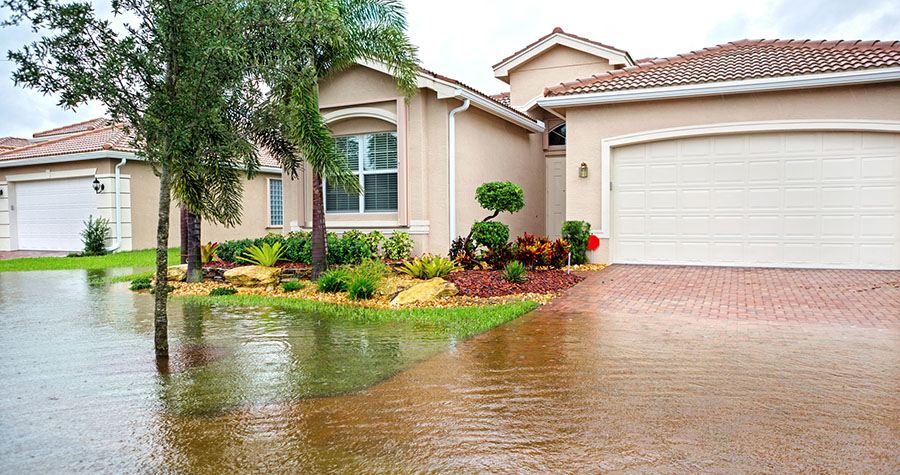How to Fix Flood Damage in a House: A Practical Restoration Guide
Experiencing flood damage in your home can be a distressing and overwhelming situation. Knowing how to fix flood damage in a house is crucial for restoring your property to its former state and ensuring safety for your family. This practical guide provides a step-by-step approach to address flood damage effectively.
Assessing the Damage
The first step in determining how to fix flood damage in a house is to conduct a thorough assessment. Look for:
- Water stains or discoloration on walls and ceilings
- Warped or soaked flooring
- Structural issues, such as sagging ceilings or walls
- Damaged electrical systems and appliances
Documenting the damage with photographs will help when filing insurance claims and will serve as a reference for repairs.
Ensuring Safety First
Before beginning any repairs, prioritize safety. Make sure to:
- Turn off the electricity to your home to prevent electrical hazards.
- Wear protective gear, such as gloves, masks, and waterproof boots, to shield yourself from contaminants and potential mold exposure.
Removing Standing Water
Once safety is assured, focus on removing any standing water. Depending on the severity of the flooding, you may need to use:
- Submersible pumps for significant water accumulation
- Wet/dry vacuums for smaller pools of water
Quickly removing standing water is essential for effectively understanding how to fix flood damage in a house and preventing further damage.
Thoroughly Drying the Affected Areas
After the water has been removed, it’s crucial to dry out the affected areas. Use:
- High-velocity fans to enhance air circulation
- Dehumidifiers to reduce moisture in the air
Opening windows and doors can also improve ventilation. Ensuring that everything is thoroughly dried will help prevent mold growth and additional deterioration.
Cleaning and Sanitizing
Once the affected areas are dry, it’s time to clean and sanitize. Use a solution of water and detergent to scrub surfaces, followed by a disinfectant to eliminate any remaining bacteria and mold spores. Pay special attention to porous materials, such as carpets and drywall, which may need to be replaced if they cannot be cleaned effectively.
Repairing Damaged Components
With cleaning complete, you can start making necessary repairs. This may include:
- Replacing damaged flooring or drywall
- Repairing any electrical systems or outlets
- Repainting walls and ceilings
Ensure all repairs meet local building codes and regulations as part of your knowledge of how to fix flood damage in a house.
Implementing Preventive Measures
To reduce the risk of future flooding, consider these preventive measures:
- Installing sump pumps to manage water levels in your home
- Improving drainage systems around your property
- Regularly inspecting and sealing cracks in your foundation
Taking these proactive steps can significantly lower the chances of future water damage.
Conclusion
Addressing flood damage in your home can be a challenging process, but knowing how to fix flood damage in a house makes it manageable. By following these essential steps—from assessing damage to implementing preventive measures—you can restore your home to a safe and comfortable environment. If the damage is extensive, don’t hesitate to seek professional assistance to ensure thorough restoration and peace of mind.





